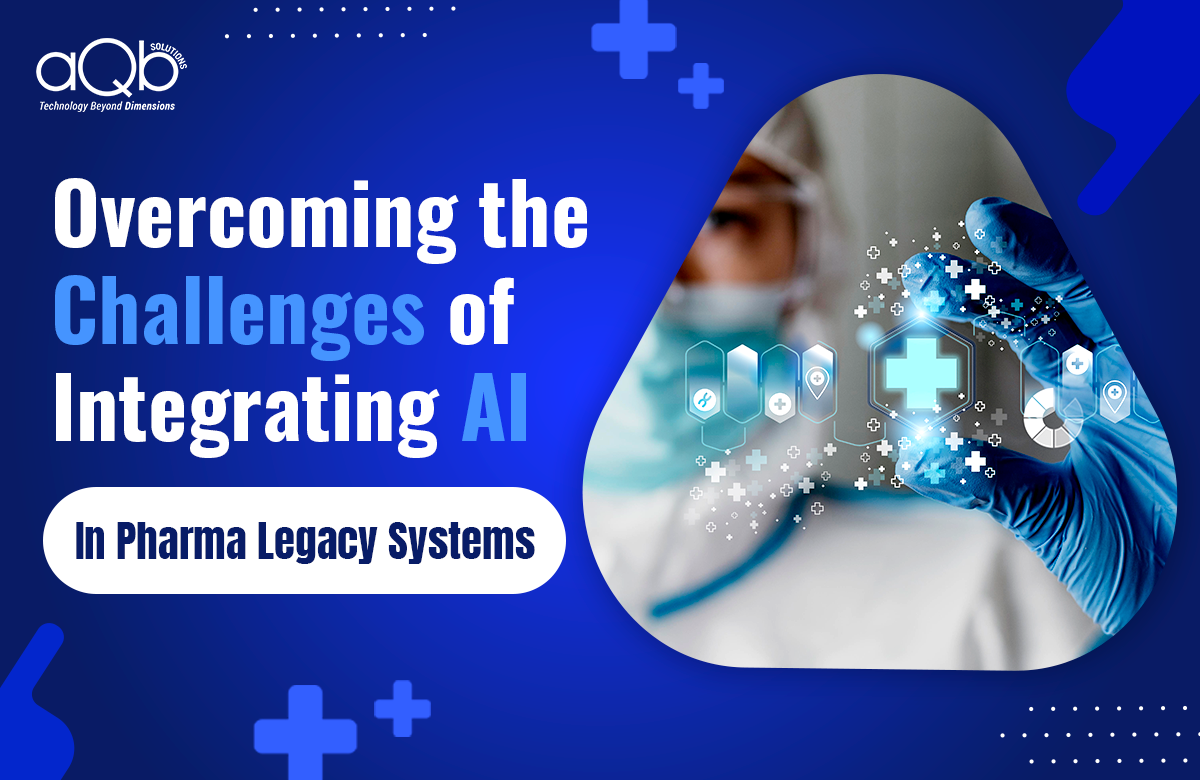What is Robotic Process Automation (RPA)?
Robotic process automation (RPA) may be explained as using software with artificial intelligence (AI) and machine learning capabilities to handle high-volume; manual tasks. Most of these tasks require the worker to raise queries, perform calculations and take care of maintenance activities.
RPA technology, often referred to as a software robot or bot, is capable of performing all the manual tasks performed by a human worker, by logging into applications, entering data, calculating and completing tasks, and logging out.
RPA which traces back to the 2000s has evolved from three key technologies: screen scraping, workflow automation and artificial intelligence.
Screen scraping is the process of garnering screen display data from a legacy application so that the data can be displayed by a more modern user interface. Workflow automation software, which has been in use for a few decades eliminates the need for manual data entry and optimizes workplace productivity, with higher speed, efficiency and accuracy.
Artificial Intelligence, the last, and most important of the three underlines the capability of performing tasks that normally require human intelligence and thinking.
Why is RPA so important?
RPA plays a pivotal role in workplace automation by helping organizations cut down on operational cost and also ensures optimized customer service experience, and increased speed of market interactions.
Let us find out how?
Robotic Process automation can help you save up to 50%-80% on the current cost of operation. The average cost of a robot is one-third of the cost per person (Full Time Equivalent or FTE).
With RPA organizations can make use of intelligent robots to work 24x7x365 and these bots can also be scheduled to work in the most efficient manner. Also, noteworthy, robots can perform better and faster their human counterparts without the need of its manual intervention or break out times. In this way, a robot can be equivalent between 2 and 5 FTEs.
RPA also improves overall operational efficiency by reducing the current resolution time of any type of incident or operation. RPA offers a model of service delivery by increasing production and accuracy.
RPA for Healthcare: Efficiency + Higher Savings
The Healthcare segment makes the best use of Robotic automation for cost savings. The healthcare payer BPO buyers are increasingly seeking automation solutions. A recent research from Everest Group states that Robotic Process Automation (RPA) can yield incremental cost reduction in healthcare payer business process outsourcing (BPO) ranging from15% for offshore operations to 47% for onshore operations.
The cost reduction achieved through RPA is decisive upon the existing state of healthcare payer BPO operations and can go up to 10%- 19% for balanced shoring operations. One must note that these savings do not include labor arbitrage.
Policy servicing and management, network management and claims management are three primary areas where RPA has left indelible impact.
Healthcare service providers are building capabilities in RPA, and RPA adoption is on the rise, as an increasing proportion of new contracts signed have RPA in their scope. To explain in better words, the percentage of new, signed contracts that include RPA in their scope have increased from 7% in 2012-2013 to 14% in 2014-2015.
According to AIIM reports, about 96% of businesses rely upon Business Process Automation (BPA) improves business processes. RPA improves work efficiency by automating tasks, controlling accuracy because and saving money by reallocating humans to higher value activities. We expect to see more and more organizations turning to automation to streamline processes and save money.





4 thoughts on “How to save money for your business using RPA”
Such a very useful article. Very interesting to read this article.I would like to thank you for the efforts you had made for writing this awesome article.
Thank you, nice post! This was the thing I needed.
Wow ! what an interesting blog.Thanks for sharing this information.Your information is really informative for us.
Bitcoin is the first decentralized digital currency.